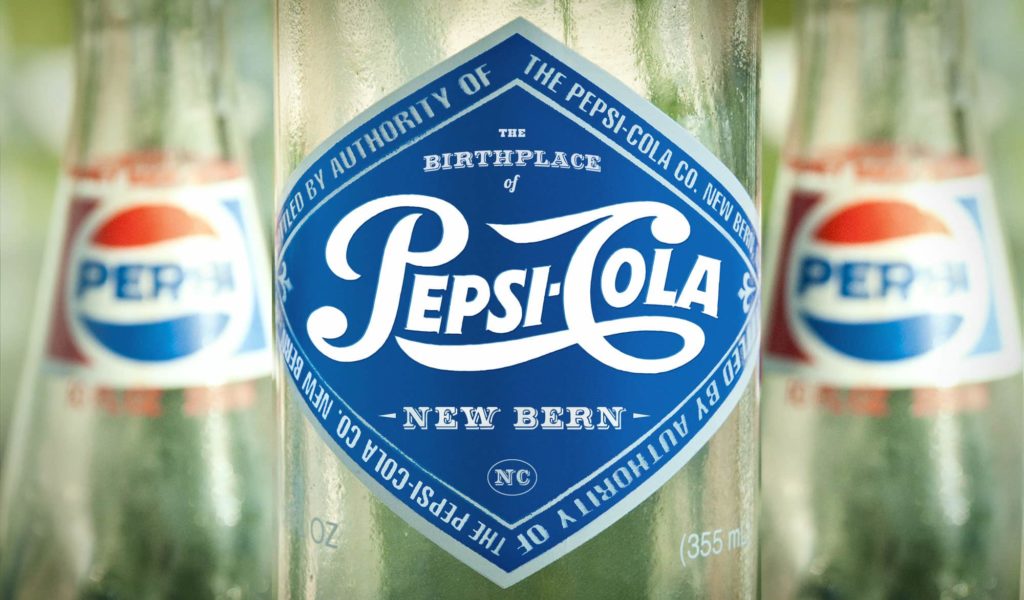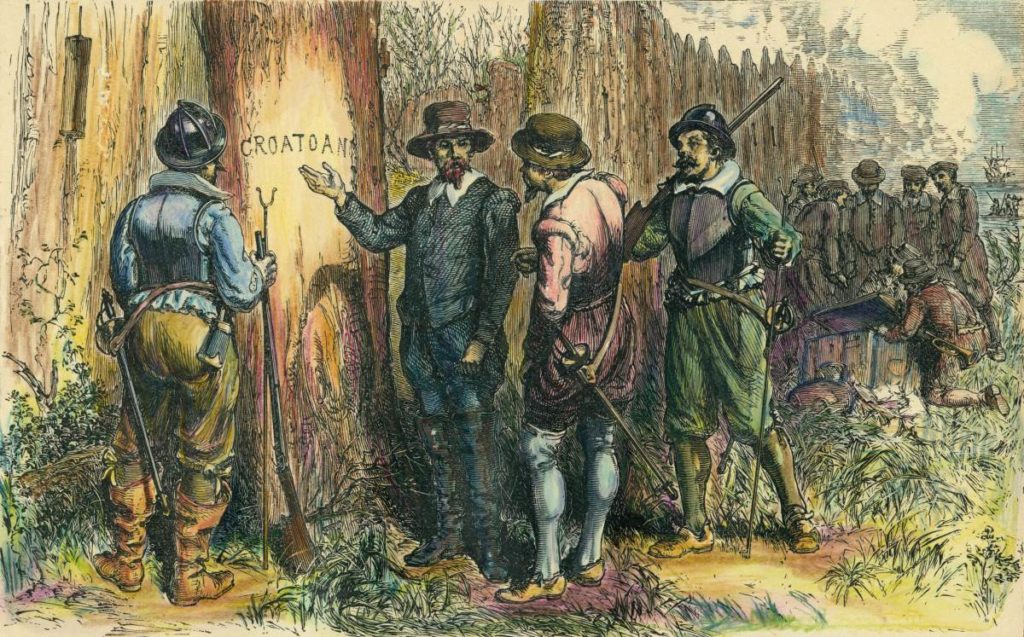
North Carolina, commonly referred to as the “Tar Heel State” due to its history as a leading producer of substances like tar and turpentine during the colonial era, has something for everyone. From the beaches of the Outer Banks to the majestic Appalachian Mountains, North Carolina’s natural beauty is undeniable. Looking for a more urban experience? Between Raleigh, Charlotte, and Asheville, North Carolina’s cities offer world-class entertainment, breweries, museums, and sporting events.
North Carolina is also brimming with history. While it was the twelfth territory to join the United States in 1789, its riveting history dates all the way back to the 16th century and the initial colonization of North America. North Carolina’s unique blend of history, picturesque landscapes, and thriving cities sets it apart from its neighboring states to the north, south, and west.

If you are looking to relocate, or simply searching for the perfect place to unwind and relax for a few days, North Carolina should be at the top of your list of places to consider. Let’s take a look at 3 fascinating facts about North Carolina.
North Carolina is home to Mount Mitchell, the highest peak east of the Mississippi River
The majestic Blue Ridge mountains, a subsection of the Appalachian Mountains, stretch across 6 states and 615 miles. These mountains, named after the beautiful blue hue they display when seen from afar, cover almost all of western North Carolina. The Cherokee tribe of Native Americans were said to call these mountains “the great blue hills of god.” While the mountains may appear to be magical, in actuality their blue appearance is caused by isoprene, an organic compound naturally released by local trees into the atmosphere.

Although these mountains stretch all the way from Pennsylvania to Georgia, the Tar Heel State is home to the highest Blue Ridge peak, Mount Mitchell. At a whopping 6,684 feet, Mount Mitchell is the highest point anywhere east of the Mississippi River. Located just 20 miles northeast from Asheville, North Carolina, Mount Mitchell is home to breathtaking views, camping grounds, and sprawling hiking trails.
Asheville was a relatively well-kept secret for a number of years, but the city is growing and becoming more popular each year. If you are considering relocating to or visiting, the Asheville area, be sure to check out any available Blue Ridge mountain cabins for sale. A cabin in this area would offer a special combination of accessible city living surrounded by awe-inspiring mountain views.
North Carolina is the birthplace of Pepsi-Cola

One of the most popular soft drinks in the world, Pepsi, was invented in New Bern, North Carolina in 1893. The inventor Caleb Davis Bradham owned and operated a local drug store in New Bern and originally called his new beverage “Brad’s Drink.“ Bradham, a former medical student, marketed the beverage as a healthy alternative to other sodas that helped with digestion. Almost immediately the drink became incredibly popular throughout North Carolina and demand quickly spread throughout the United States. By 1898, Bradham officially renamed the beverage Pepsi-Cola after the word dyspepsia, another term for indigestion.
North Carolina was home to the mysteriously lost colony of Roanoke
Roanoke, an island on the Outer Banks of North Carolina, is the site of one of the great mysteries of North American history. In 1587, over 100 English settlers created a colony on Roanoke Island, only to disappear without a trace within a matter of years. Just a few months after the colony was settled, local governor John White left the colony to return to England for supplies. Unfortunately, White’s return to North America was continuously delayed due to the outbreak of war between England and Spain. By the time White returned to Roanoke, three years had passed, and the colony was completely abandoned.

White and his men even reported seeing fresh footprints around the colony, adding to the mystery. The word “CROATOAN” was also found carved into a nearby tree. Croatoan was the name of a nearby island to the south of Roanoke, as well as a group of indigenous Native Americans. Historians are still unsure what exactly happened to the lost colony of Roanoke, but one popular theory states that the settlers joined the local Native American tribe after their own supplies ran out.














